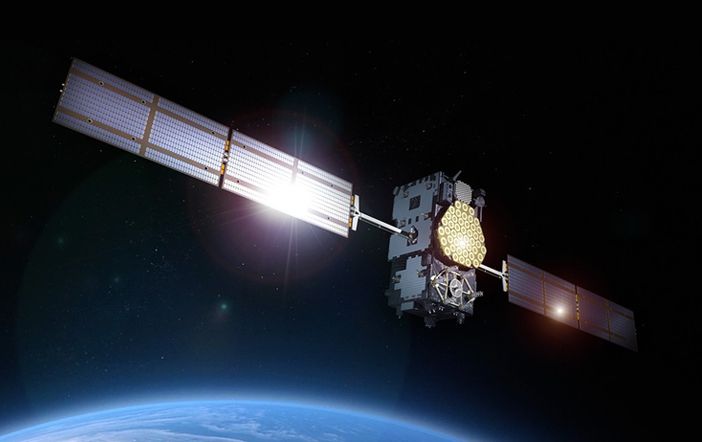The Chinese aerospace tech company has launched the first satellite smartphone which is compatible with China’s first mobile communication satellite, Tiantong-1 (TT-1). The satellite phone is developed by China Aerospace Science and Technology Corporation (CASC), which is the state-owned technology company. The new smartphone is scheduled to go on sale in China in 2-3 months, a media report from South China Morning Post said.
CASC launched the TT-1 satellite on August 6, this year into an equator-hugging, geostationary orbit which is about 35,000 km above the earth surface. The satellite experts have said that the new satellite smartphone is the outcome of a long-term strategy ‘space-based Silk Road’ by Chinese aerospace companies, scholars, and institutions to contribute towards country’s ‘One Belt, One Road’ initiative.
An engineer from CASC has said that the TT-1 smartphone is until now competent to cover the territory of China and the whole of South China Sea. The aerospace tech company is working on its coverage expansion which will account the whole world coverage after launching a system of TT satellites in the next five years, he added.
According to the report, the latest mobile was specially designed for communication during the contingency situations by field geologists or relief officials working in remote areas, or when the regular ground telecommunication systems were interrupted due to natural disasters and accidents.
Alongside the satellite coverage, the TT-1 smartphone is well-suited for multiple ground-based cellular networks including 4G LTE and 3G, video and data transmission, SMS support, WeChat application, and free switch in between satellite to ground communication and vice versa.
The Tiantong smartphone will retail around 10,000 Yuan which roughly indicates Rs 98100 and the communication fees for the service will start from around 1 Yuan for a minute, which is a tenth of the price charged by its competitor, Inmarsat.
A communication satellite acts like a relay station where the signals are been transmitted from the ground stations, it received by the receiver antennas of the satellite, the signals get filtered, the frequencies are changed and amplified by satellite and then it again routed back down to earth via the transmit antennas.
To recall, the development of the Tiantong-01 satellite was started after the substantial earthquake in Wenchuan, China back in 2008. The satellite development was aimed to drastically enhance China’s mobile telecommunication potential. The Tiantong-01 communication satellite and smartphone will provide the emergency telecommunication services when the traditional ground telecom infrastructure is damaged. For instance, it can provide seamless coverage of mountains, plateaus, and oceans. It will also potentially useful in the protection of forests and oil exploration on the seabed.
China launched the TT-01 satellite from China’s southwestern Xichang Satellite Launch Center along with the Long March-3B carrier rocket on August 6, 2016. It was China’s first satellite which aimed at improving homemade satellite mobile telecom system covering the territory of China and the whole of South China Sea
India also has its communication satellite in geostationary orbit. In Asia-Pacific region, the Indian National Satellite (INSAT) is among the major domestic communication satellite systems. The state-run system has nine operational communication satellites which are located in Geostationary orbit.




